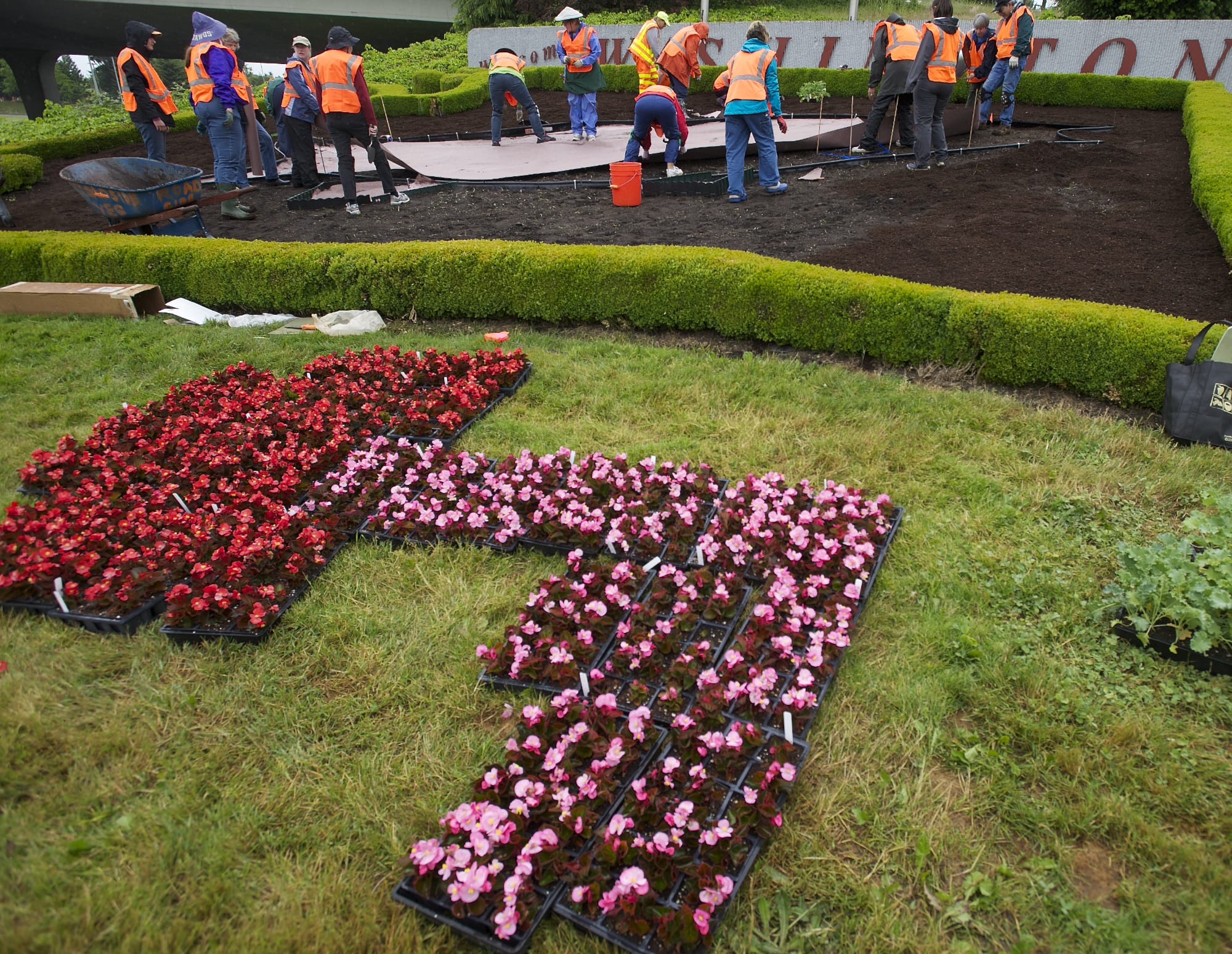Fish facts
o Steelhead trout, found along the Pacific Coast and in tributaries of the Columbia River, are ray-finned members of the salmonid family. They typically weigh about 8 pounds, but can reach 50 pounds. They’re born in fresh water, emigrate to the sea and return to their native fresh water to spawn. They are almost the same as rainbow trout, but rainbow trout stay in fresh water.
o Unlike salmon, which die after spawning, steelhead can spawn several times.
o Fishing for hatchery steelhead opened Thursday in the Columbia River between the Interstate 5 Bridge and Tongue Point.
Plant sale raised $35,000+
The Master Gardener Foundation of Clark County raised more than $35,000 at last weekend’s Mother’s Day plant sale. The all-volunteer foundation raises money for youth and educational programs, including 4-H, helps with efforts to feed the poor, supplies plants and money to the garden at Fort Vancouver, tends to other community gardens and supports the Master Gardener program, which offers gardening advice.
Plants leftover from Saturday’s planting at the “Welcome to Washington” sign will be planted elsewhere in the community.




